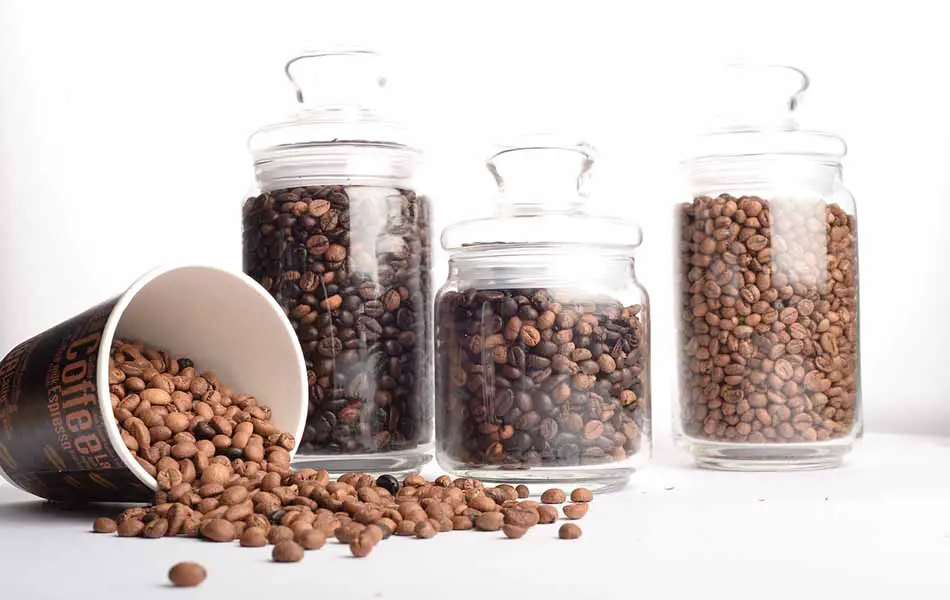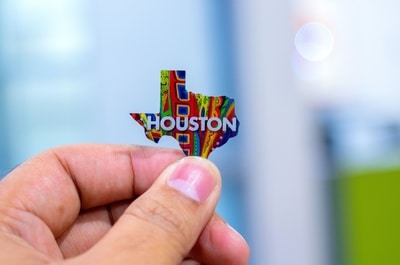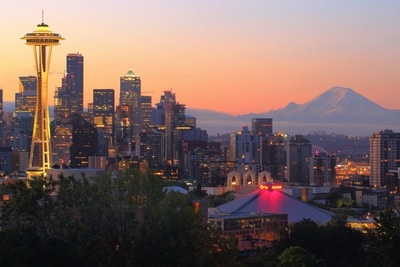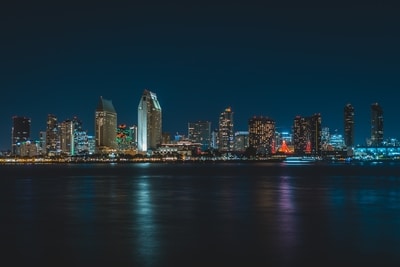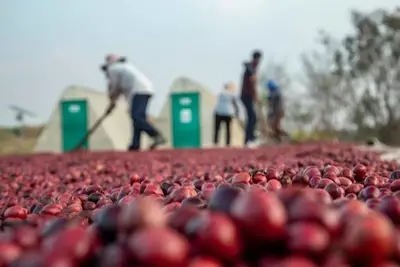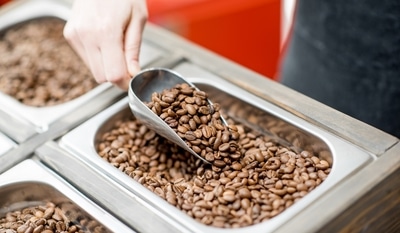Why Do Coffee Beans Taste Different?
As coffee enthusiasts know, not every cup of coffee tastes the same.
While everyone can expect different tastes from different brands or different roasts, you’d be surprised to realize just how much beverages made from the same exact beans can also differ.
So, let’s talk about why that happens.
Coffee beans can taste different based on flavoring, roasting, and where they’re grown. Each of these factors can alter the taste of your coffee and make each bean taste different from the last.
Let’s talk more about why there is so much variety in the taste of coffee beans and how to find the taste you’re looking for.
Factors That Can Impact the Taste of Coffee Beans
It can seem odd that one type of coffee tastes so different from another, given that they come from the same bean, but it’s true.
Coffee connoisseurs everywhere can tell you about the intricate flavors and what they prefer.
So, let’s talk about what sets some coffee beans apart from others.
Flavoring
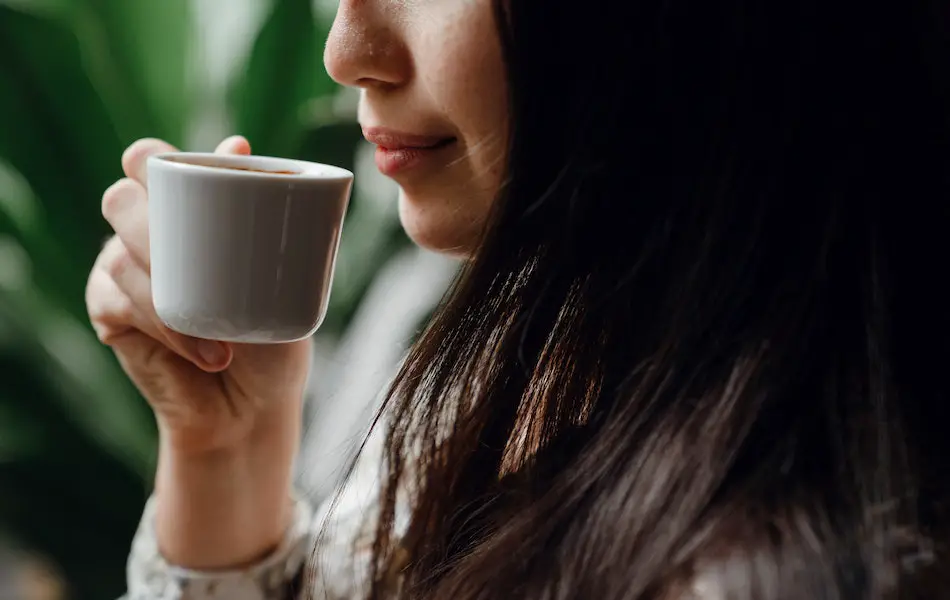
One of the more obvious factors that can impact the taste of your coffee is added flavoring.
There are plenty of flavors to choose from, like hazelnut, mocha, pumpkin, and many others.
Choosing different flavors can have a huge impact on how your coffee tastes.
Manufacturers add flavors to their coffee beans after the roasting process.
When adding the flavor, manufacturers use oil to allow the beans to soak up the flavoring before they package and distribute them.
Different coffee brands offer different flavors.
It is important to know that just because companies make the same flavor coffee doesn’t mean they will taste the same, as many factors go into the final taste of the brew.
Companies can vary the type of ingredients they use to make their brand unique.
Roasting
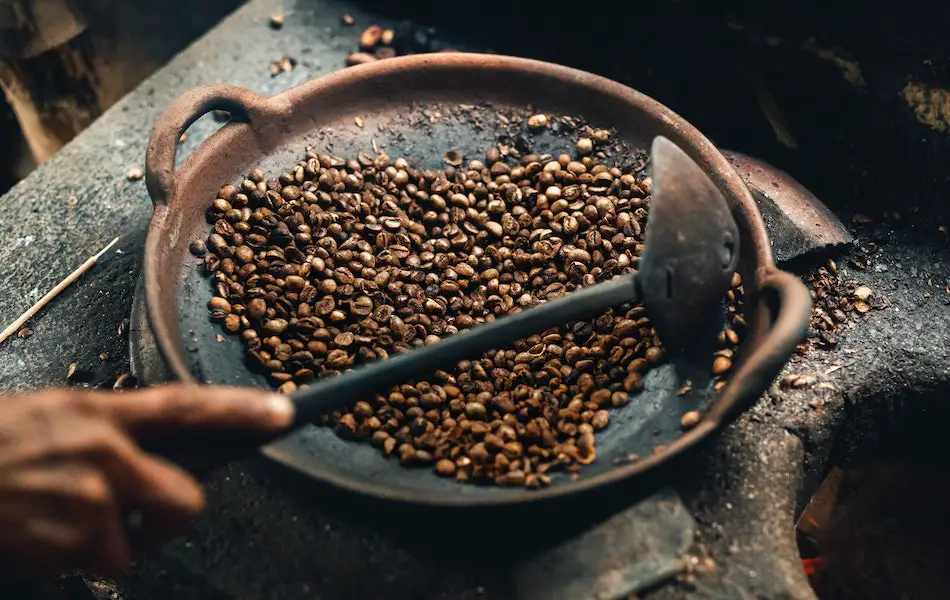
Another important factor to consider when it comes to coffee taste is roasting.
There are many different roast variations to choose from, but these are the four most common ones:
Light Roast
Light roast coffee beans are left in the oven to roast for the shortest amount of time.
This makes them the most caffeinated and acidic of all the roast options.
This is because they leave them in the oven for the least amount of time.
As coffee beans roast, the caffeine and acidity burn off, leaving longer cooked beans less caffeinated and acidic.
This, of course, changes the flavor of the beans. Light roast coffee beans also taste different than other beans because they have more of their original flavor.
As beans roast, they develop flavor from the roasting process that can often cover the original flavors of the beans.
So, light roast beans have the most original bean flavor of any other roast type.
Medium Roast
Medium roast coffee beans are left to roast longer than light roast.
So, they have more of the roasting flavor and less of their original flavor than light roast.
Though, many consider this roast to be a nice mix between the roast flavor and the original bean flavor.
Because of the length of roasting time, medium roast beans have less caffeine than light roasts as they are left to roast for longer, allowing more caffeine to burn off.
Medium roast is more typically an American-style coffee compared to other roasts, though you can find this type of roast anywhere.
Medium/Dark Roast
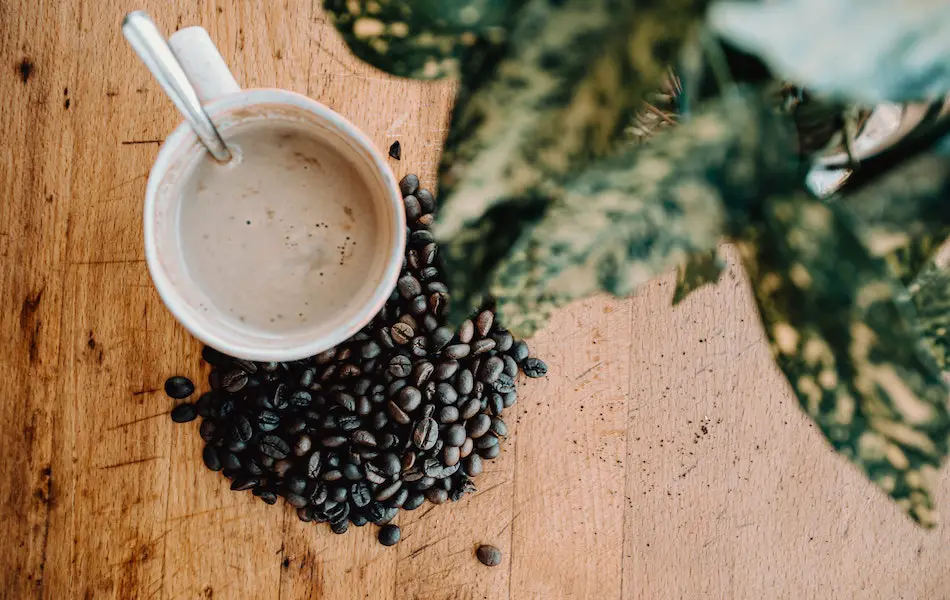
This is an in-between preparation of coffee beans, but you get the benefits of both medium and dark roast here.
With less caffeine and acidity, this roast focuses more on the flavor provided by the roasting process than the bean’s original flavor.
This is also the type of roasting where you start to recognize the presence of oil on the beans.
This happens because the beans finally reach a high enough temperature to open and allow the oils inside to leave.
These oils bring out the richness and flavor of the roasting process that you can only find in this dark roast.
Dark Roast
Dark roast coffee beans are left to cook for the longest time. Because of this, some of the caffeine originally found in the bean will burn off during the cooking process.
It is a common misconception that dark roast coffee beans have more caffeine than light, but that is not the case.
Dark roast beans will give you the richest and strongest flavor because the original flavor of the beans is almost gone.
With dark roast coffee, you are mostly tasting the oils produced from the long process and the roasting flavor left behind.
Of course, the long roasting process has also removed a lot of the avidity found in lighter bean roasts.
Origin
There are so many different places around the world that produce coffee, and I can’t cover them all in just one article.
However, let’s talk about some of the different flavors of coffee beans you can expect.
Different soil, climate, and altitude can produce a much different flavor palette.
So, the taste of coffee beans can change before the roasting process begins.
For example, Hawaii has plenty of volcanic soil which can grow coffee beans that are robust in flavor.
This is because volcanic soil, also found in Brazil and other locations, allows for better water retention.
Coffee beans grown in cooler temperatures tend to be sweeter.
So, you can expect locations at a higher altitude to produce sweeter coffee beans.
Depending on these factors, there are many similar variations of coffee flavor worldwide.
So, your dark roast coffee from Brazil may taste nothing like dark roast grown in the US.
If you want to learn more about how coffee tastes, check out our article “What Does Coffee Taste Like? Good Vs. Bad.”
In this article, I talk about the different types of flavors you can expect from coffee and how to find the right taste profile for you.
How Can Preparation Change the Flavor of Coffee?

Now that I’ve covered why coffee beans can taste so drastically different, let’s talk about how you may be impacting the flavor of your brew.
We can do so many things at home that affect the overall taste of coffee, making one brew taste different from the next.
Stale Beans
One reason your cup of coffee may not taste the same as you’re used to is age. The flavor will begin to change as the coffee begins to go bad.
To start, your coffee may begin by just tasting a little dull.
Some of those robust flavors you are used to experiencing when sipping that familiar cup of coffee may no longer be there.
You should expect this to happen as your coffee beans age. Unfortunately, as they get older, coffee beans tend not to hold their flavor as well.
Of course, this takes time.
So, follow the date on your coffee beans for the best possible experience.
As time passes, your coffee beans may also go bad. More than just becoming stale, your coffee beans can become rancid if left too long.
If you notice that your coffee tastes different but is not completely bad, then your beans are probably somewhere in between stale and rancid.
So, always keep an eye on the date listed on the package.
Grind
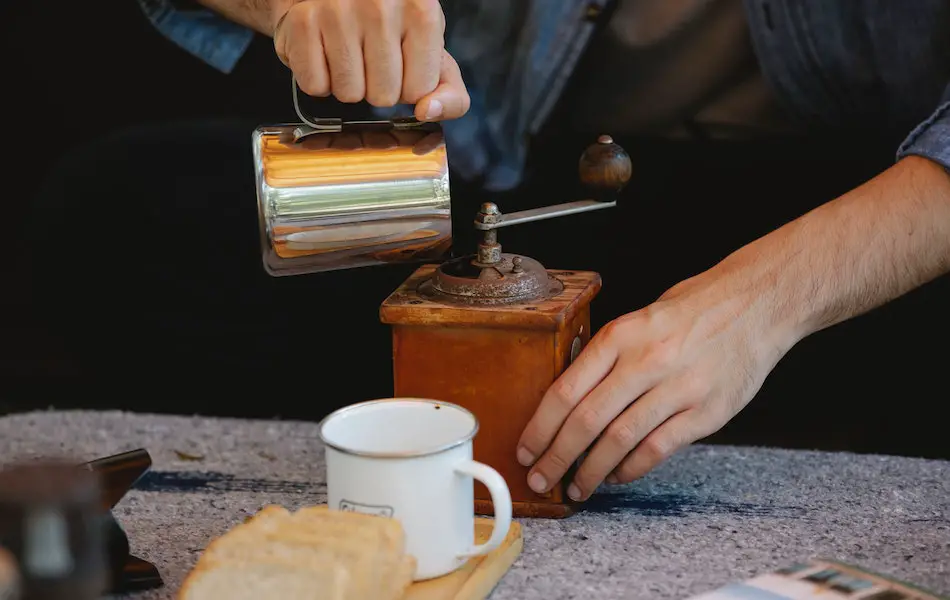
The type of grind you choose for your coffee beans can also affect the taste of the final brew.
This can happen for many different reasons.
When you grind coffee beans, more of them come in contact with oxygen.
Because of this, they will begin to lose flavor once you grind them.
So, it may be best to wait to grind your coffee beans until you are ready to use them.
Apart from just when you grind them, coffee can taste different based on how much you grind the beans as well.
Beans that you do not fully grind can produce a more watery finished product.
This is because the beans are only in contact with the hot water for a set amount of time, and it may not be enough time for the water to pull flavor from the beans.
Alternatively, you may be grinding your coffee beans too much if your brew is stronger than anticipated.
If the beans are too fine, the hot water will absorb too much of the coffee, making it taste stronger than before.
So, the coarseness of the beans can make a huge difference in your coffee brew.
Water Temperature
The temperature you choose for the water to brew your cup of coffee can also affect flavor.
So, the same coffee beans may taste different depending on your chosen temperature.
This means that beans brewed in one maker may taste completely different from those made in another maker if the machines are set to different temperatures.
Higher brewing temperatures can cause the brew to be stronger.
This is because the water can extract more flavor from the coffee beans in a shorter amount of time.
So, if you brew coffee too hot, you may notice that the flavor is a lot stronger than you are used to.
Keep this in mind next time you brew coffee, as it can drastically change the flavor.
One exception to the water temperature rule is cold brew coffee.
Since you brew it at a cold temperature, you may think cold brew is weaker coffee.
However, that is not the case here.
The timing is the difference between cold brew and brewing coffee at a lower temperature.
During the cold brew-making process, they leave the coffee to brew for an extended period of time, ensuring that the flavors still release.
This is what allows the cold brew to be strong and flavorful without the heated brewing temperature.
If you choose to play around with different brewing temperatures, just remember that you can burn your coffee beans if you aren’t careful.
If you notice that your brew tastes very bitter, then you may need to make another batch at a lower temperature or decrease the brewing time.
Tap vs. Filtered Water

One factor that many people don’t consider but can drastically change the flavor of your coffee brew is water.
If you usually use filtered water for your coffee and start using tap water, it can change the flavor.
This is because coffee mostly consists of water.
While it will pull flavor from the beans, the base of coffee is still water.
There isn’t a certain way that changing the water can alter the taste because different water provides different subtle flavor changes.
However, this is worth knowing in case you notice a difference in how your coffee tastes.
Cleanliness
Finally, something that may alter the taste of your coffee is the cleanliness of your coffee maker.
While you should always clean your coffee maker regularly, using medium-dark or dark roast coffee can leave behind a lot of residue.
So, you may need to clean your coffee maker even more often if you use these roasts on a day-to-day basis.
Dark roast coffee beans contain a lot of oil released from the beans during the roasting process.
As they roast longer, more oil develops. So, during the brewing process, excess oil will most likely be left behind in your coffee maker.
As this oil builds, you may notice a change in the taste of the coffee.
This is important to monitor because, over time, the oil left behind can begin to rot and make your coffee taste bad.
So, if you notice a difference in the taste of your coffee, it could come from residual coffee and oil on the maker.
Therefore, make sure you clean the machine thoroughly between uses.
Conclusion
There’s a wide array of reasons that make coffee beans taste different.
Whether it’s the roast, origin, flavor, or something you can change at home, many factors can determine how your cup of coffee will taste.
If you want to ensure that each cup tastes similar to the last, keep the process the same.
Otherwise, you will probably begin to notice small yet noticeable flavor changes over time.
Sources
- Victor Allen’s Coffee: How Is Flavored Coffee Made?
- Coffee Affection: 4 Types of Coffee Roasts Explained (with Images)
- Flavors of Bogota: Does Coffee from Different Coffee Regions Taste Different?
- Roasty Coffee: How to Tell If Coffee Is Rancid and What to Do If It Is?
- MasterClass: Coffee Grind Size Chart: How Grind Size Affects Coffee Flavor
- The Coffee Bean and Tea Leaf: Water and Coffee: Understanding How Temperature Affects Your Cup

